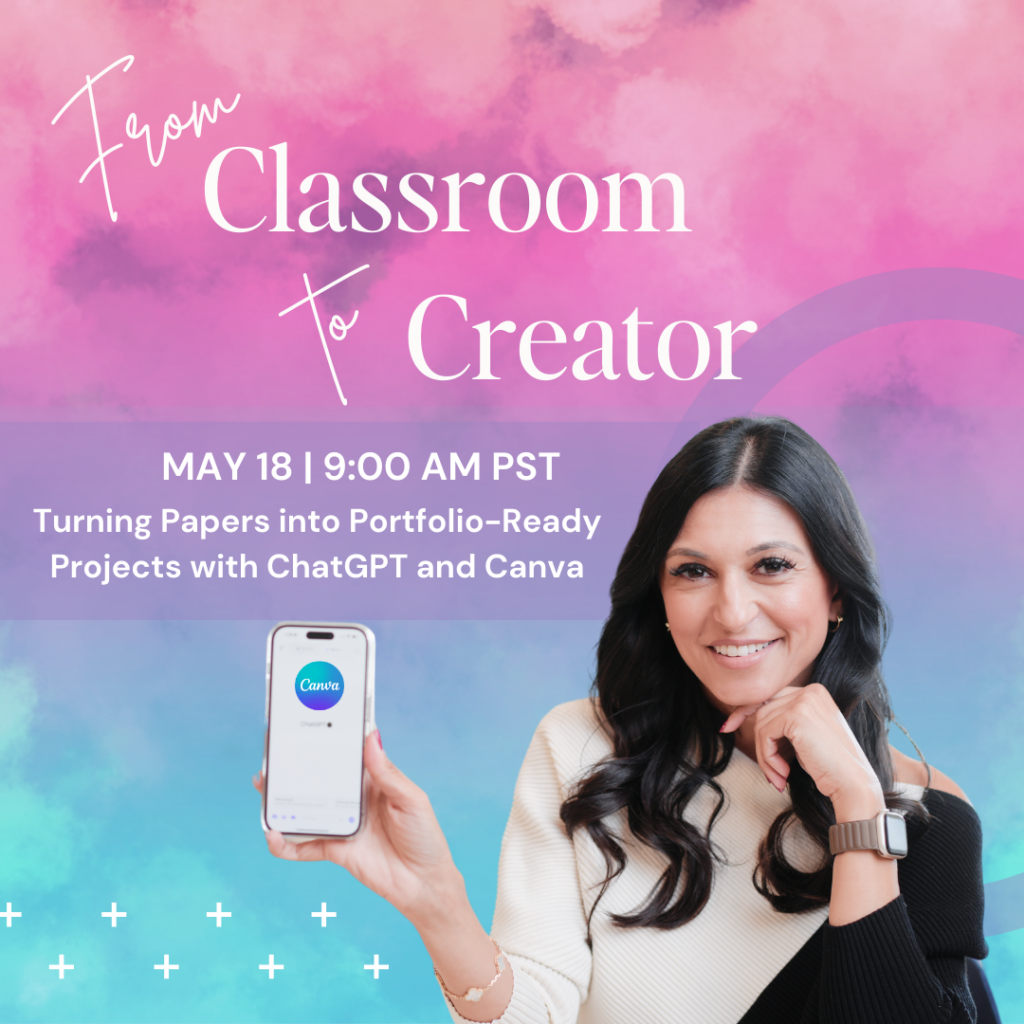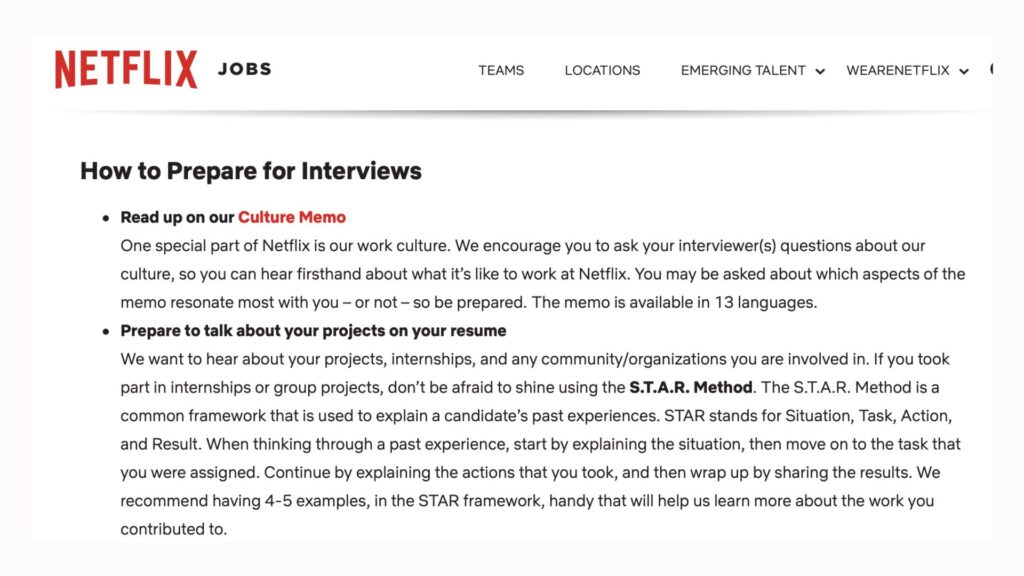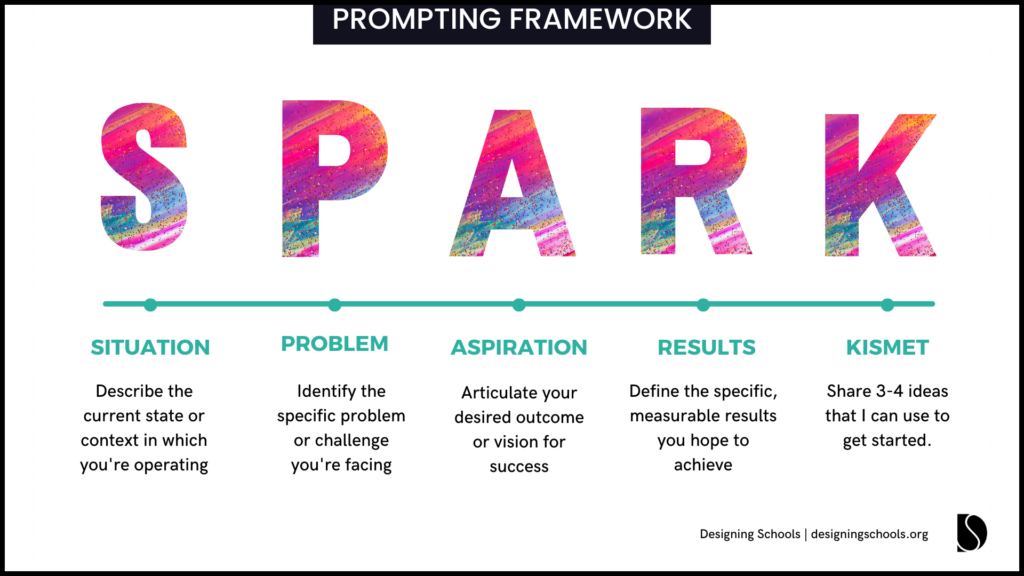With each set of updates from ChatGPT and other AI tools the disconnect between education and the workforce becomes more pronounced. In a Microsoft AI in Education report they share:
- 66% of educators and school leaders are worried about AI and cheating.
- 52% of students are worried about being accused of cheating with AI.
Additionally, this week, Microsoft and LinkedIn released the 2024 Work Trend Index, which surveyed 31,000 people across 31 countries, revealing:
- 66% of employers say they won’t hire someone without AI skills.
- 71% said they’d rather hire a less experienced candidate with AI skills than a more experienced candidate without them.
Furthermore, advanced ChatGPT-4 features, previously only available to paid users, are now free for everyone.
If students using text generation made educators nervous, the updates to what is now being called “omnimodel AI” will intensify those concerns. ChatGPT-4o is a single model that reasons across all three main modalities:
- Text
- Real-Time Voice
- Real-Time Vision
Is Using AI Cheating?
Today’s students can no longer wait for educators to reconcile with the changes happening around them. As of November 2022, two graduating classes have entered the workforce with little to no preparation for using AI skills in academic and professional settings.
Recognizing the urgent need to bridge this gap, we created this guide to help students navigate what we call ‘the messy middle’—a transitional period where traditional educational values and modern workforce demands collide. This guide was inspired by my mentoring experience at the Orange County Student AI Summit, where I witnessed firsthand the confusion and stress students face when being told that using AI is cheating. A conversation with my mentee Sophia, a sophomore in high school preparing for her keynote at the Summit, particularly highlighted these challenges.
What I Learned From the Student AI Summit
Sophia is an enthusiastic, confident, and curious sophomore who was part of a keynote and conducted breakout sessions at the Orange County Student AI Summit. In our first meeting, we discussed people’s perceptions of AI and the mixed messaging students receive from teachers. She shared that a top concern was the inconsistency. With some teachers saying AI use is cheating and others saying it’s acceptable.
This confusion is widespread, and it’s exacerbated by the anxiety young people feel about their future. A survey shows that 75% of high school graduates do not feel prepared to make college or career decisions after graduation.
Sophia shared her passion for the intersection of biology and technology. She spoke passionately about this field. And while I didn’t completely understand the intricacies, it was clear that healthcare and AI were her interests. The next morning, OpenAI released a case study about how Moderna is integrating AI by building over 750 custom GPTs. And I was excited to share this with her.
While Sophia’s teachers were busy telling her that AI use is cheating, Moderna is leveraging this tool. And, like many companies, expects their employees to be proficient in the safe, ethical, and effective use of these technologies.
So what happens to students like Sophia who are told that using AI is cheating and harmful to their learning instead of being taught how to use it safely, ethically, and innovatively?
While it’s true that some students may use AI to cheat, the data does not support the severe reaction from schools. A study by Stanford revealed that cheating rates have not increased since the introduction of ChatGPT. In fact, they have slightly declined. Prior to ChatGPT’s release, cheating rates were at 60-70%.
As today’s students navigate the messy middle, failing to prepare them isn’t an option.
Scott Galloway recently shared a post called “War on the Young,” highlighting the challenging economic, social, and political climate today. He pointed out that today’s 25-year-olds make less than their parents and grandparents did at the same age, yet they carry unimaginable student debt loads. Neither the minimum nor median wage has kept pace with inflation or productivity gains, while housing costs have outpaced them.
Don’t Believe the Digital Native Myth
For new graduates, there is reason to be optimistic about entering the workforce. In the report, LinkedIn and Microsoft also shared:
- 71% of employers say they’d rather hire a less experienced candidate with AI skills than a more experienced candidate without them.
- And junior candidates may have a new edge: 77% of leaders say, with AI, early-in-career talent will be given greater responsibilities
The challenge, however, is that many adults see students as digital natives and therefore do not design experiences to help students learn how to apply technology to academic and professional settings. The term “Digital Native” was introduced by Marc Prensky in 2010 to describe individuals who have always known the existence of digital tools. While young people use these tools in their personal lives, Koutropoulos highlighted that they often lack the literacy, information-seeking, and problem-solving skills needed to leverage technological advancements effectively.
Later, in another study, Watson questioned the generalizability of Prensky’s claims.
After studying three universities in Malaysia, South Korea, and the UK, he asserted that a single profile of a Digital Native does not exist. Depending on a student’s culture, prior experience, nationality, and economic status, their use of technology to support their learning varied widely.
I experienced this firsthand as Director of Innovative Learning at Keck USC, where I was brought in to train the faculty on designing 21st-century curriculum. We soon realized that the challenge wasn’t the faculty but the students. A survey revealed that not one student had been taught how to use technology in an academic setting. After introducing an orientation to the effective use of technology in academic and professional settings, one student shared:
“I used to think that with all of the technology available on the market that more people would be technologically literate in the classroom. But I was surprised to see that people are not familiar with how to incorporate tech in the classroom, even if they are fluent with technology in other aspects of their life.”
For students to take advantage of the opportunities in today’s workplaces, they don’t just need to learn how to use AI; they need to understand how it applies to solving challenges and creating opportunities in their chosen field. Educators who design experiences where students actively engage in projects can help them showcase these on a portfolio. Tools like Canva allow students to do this for free.
I’m teaching how to do this in an upcoming webinar that you can register for here.

Bridging the Skills Gap: Practical Solutions for Students
Employers like Netflix were so disappointed in students’ interview skills that they created an entire website page dedicated to teaching students how to prepare for an interview. They not only share the expectation that students should have 4-5 projects to present, but also explain the STAR method for how students should present these ideas.

Developing Effective AI Skills: ChatGPT and the STAR Method
In my AI workshops we teach people to “prompt the human before the machine” using our signature SPARK framework. The SPARK framework is designed to help you articulate your goals in a clear and concise way so that you can achieve the best possible output. Here’s an example of how you can do this if you want to frame your project in your portfolio using the STAR method. I’ll share a prompt template and an example with you below. Before you begin remember these prompts are a starting point, learning how to continue the conversation to get the output you want is a skill that you will become better at with practice.
Prompt:
Hi ChatGPT! I’m [insert your role], currently preparing my portfolio for [college/job] applications. I’m finding it challenging to describe my projects using the STAR method (Situation, Task, Action, Result), which is vital for effectively showcasing how I integrated AI skills into my work. This is crucial because [explain why this is important to you].
According to a report by Microsoft and LinkedIn, employers are keen on hiring talent with robust AI skills. And I aim to highlight these in three key projects. These will be featured on my LinkedIn, resume, and during interviews. I want to impress every viewer and make them think, ‘We need to hire this person.’
The task feels overwhelming, so I need step-by-step coaching. Let’s start simple:
- Please confirm your understanding of the STAR method.
- Do you have any initial questions about my projects or the details I should prepare?
Once we clear up these basics, I’d like us to tackle each project one by one. And ensure each part of the process is polished before moving to the next.
Prompt Example
Let’s say Sophia was working on her portfolio. Let’s take a look at what her prompt might look like:
Hi ChatGPT! I’m an aspiring bioengineer currently preparing my portfolio for college applications. I’m struggling with how to effectively use the STAR method (Situation, Task, Action, Result) to describe my projects. Successfully applying this method is crucial because it allows me to clearly demonstrate the problem-solving skills and innovative approaches I’ve used in my school projects involving bioengineering and AI.
From industry reports, like one by Microsoft and LinkedIn, I know that practical AI skills are highly valued. Here are three school projects I’m considering for my portfolio:
- Genetic Trait Analysis Using Python: In this project, I analyzed genetic data to predict traits using simple machine learning models. Which helped me understand the basics of computational biology.
- Participation in the Student AI Summit: I collaborated on a team project where we designed a simple AI model to sort and classify biological data, enhancing our understanding of AI applications in bioengineering.
- Water Quality Monitoring Robot: For a school science fair, I helped build a small robotic device that uses basic sensors and data analysis software to monitor water pollution levels, showcasing an application of both engineering and environmental science.
Are these projects suitable for demonstrating my skills in bioengineering and AI integration? What elements should I highlight using the STAR method?
This task feels overwhelming, so I’d appreciate a step-by-step coaching approach from you. First off:
- Can you confirm your understanding of the STAR method?
- Do you have any questions about these projects or suggestions on aspects I should emphasize?
Once we clarify these points, I’d like us to refine each project description thoroughly before moving on to the next.
Follow Up Prompts
Follow-Up Prompt 1: Detailing Specific Contributions
Can you help me detail more specifically the actions I took in these projects? I want to emphasize my individual contributions and the technical skills I applied. Especially in areas like programming, data analysis, or collaborative problem-solving.
- This prompt encourages further exploration into the specific roles and responsibilities held within a project. It helps in articulating unique contributions and technical expertise.
Follow-Up Prompt 2: Enhancing the Impact Statement
Could we work on enhancing the results section of my projects? I’d like to quantify my achievements and better communicate the impact of my work, such as any recognitions, quantifiable improvements, or subsequent implementations of my projects.
- This prompt focuses on quantifying achievements and expanding on the outcomes to make the impact more tangible and impressive to reviewers.
Follow-Up Prompt 3: Addressing Weaknesses or Challenges
In discussing these projects, I also want to reflect on the challenges I faced and how I overcame them. Could you guide me on how to incorporate these aspects effectively without detracting from the overall positive outcomes of my projects?
- This prompt is valuable for demonstrating problem-solving and resilience. It helps show how challenges were addressed and turned into learning and development opportunities.
These follow-up prompts encourage deeper reflection and refinement of the project descriptions, ensuring that they are comprehensive and tailored to highlight the best of an individual’s abilities and achievements. They also provide a platform for individuals to engage more critically with their experiences, enhancing their narratives for applications.
Now Everyone Can Use the SPARK GPT
If you only had the free version of ChatGPT one of the most exciting updates is your access to GPTs. GPTs are custom chatbots designed to do a specific task. For example I have a GPT that now everyone can use called SPARK. By just stating what you want it will define your goal using the SPARK framework. You can try it here, simply open the link and ask it to create or help you with anything you want.

Our guide is designed to help students through this transitional period, providing practical tools and frameworks like the SPARK framework and the STAR method to enhance their learning and professional development. By fostering an environment where students can actively engage with technology and apply it to real-world problems, we can ensure they are well-prepared for the future.
Incorporating AI into education is not just about preventing cheating; it’s about empowering students to think critically, solve complex problems, and innovate in their chosen fields. By working together—educators, students, and industry leaders—we can create a supportive and dynamic learning environment that embraces the possibilities of AI and prepares students for the demands of tomorrow’s workforce.
I’m Sabba.
I believe that the future should be designed. Not left to chance.
Over the past decade, using design thinking practices I've helped schools and businesses create a culture of innovation where everyone is empowered to move from idea to impact, to address complex challenges and discover opportunities.
stay connected
designing schools